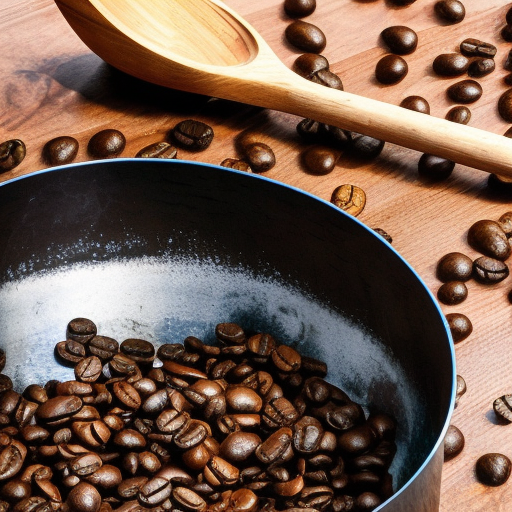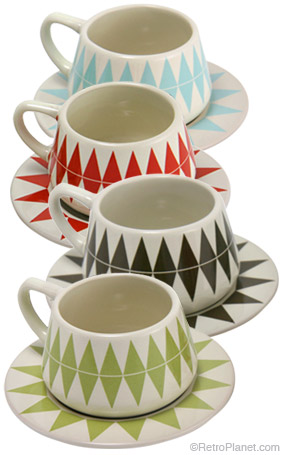If you’re a coffee lover, then you know the importance of finding and storing quality coffee beans. Good coffee beans can make or break your cup of coffee, and if you want to ensure that your coffee tastes great every time, it’s important to learn how to store them correctly. Let’s explore the best ways to store coffee beans so that they always maintain their flavor and freshness.
Storing in an Airtight Container
The most important consideration when it comes to storing your coffee beans is ensuring that they are kept in an airtight container. The presence of oxygen can make your beans stale very quickly, so if you want them to stay fresh for as long as possible, it’s essential that you store them in a sealed container where no oxygen can reach them. Mason jars or zip-lock bags work well for this purpose; just make sure they are tightly sealed so no air can get in.
Temperature Control
In addition to sealing your beans away from oxygen, it’s also important to make sure they aren’t subjected to extreme temperatures. Ideally, you should keep your beans at room temperature; if exposed to cold temperatures for too long, the oils inside the bean could become solidified, ruining their flavor and aroma. On the other hand, keeping them at high temperatures for too long will cause them to go stale much faster than usual. So keep them at a consistent temperature between 60-70 degrees Fahrenheit (or 15-21 degrees Celsius) and they should stay good for weeks or even months.
Light Exposure
Another factor that can affect the longevity of your beans is light exposure. If stored in direct sunlight or any other intense light source, the flavor and aroma of the coffee will degrade quickly due to oxidation caused by UV rays. To avoid this problem altogether, store your beans in a dark place like a kitchen cupboard or pantry shelf—they should be safe there from both temperature fluctuations and light exposure.
Storing coffee beans correctly is essential if you want your cup of coffee to taste its best every time. Make sure you seal them away from oxygen in an airtight container and keep them at room temperature away from any direct light sources—these steps will ensure that your beans remain flavorful and aromatic for weeks or even months. With these tips in mind, anyone can enjoy delicious cups of freshly brewed coffee whenever they please.
I have a variety of containers that I tried over the years. For constantly used beans, I use an air tight clear plastic since I’m not concerned about light. For beans I use for an occasional special treat coffee, I use a container like the Mueller Coffee Canister Stainless Steel Container for Coffee Beans. Please note that if you purchase from clicking on the link, I will get a tiny bit of that sale to help keep this site going.






